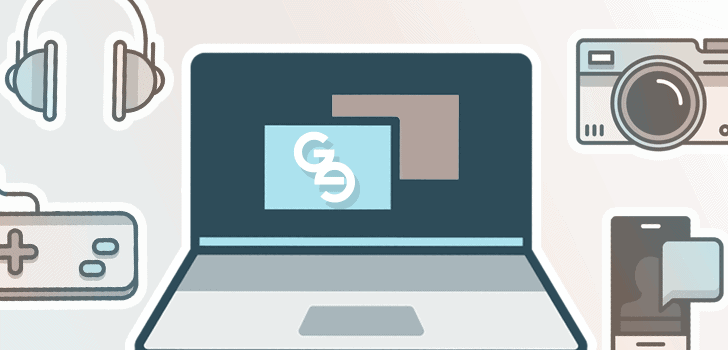We know how difficult it can be to find a personalized plate that fits your preferences, but once you find it, everything seems to fall into place. You enjoy the admiration of others, and your car bears the unique mark of your wit.
However, there may come a time when you want to sell the car. Does this mean you’ll have to give up the plates as well?
It turns out you don’t have to worry about this; according to the DVLA, a personalised plate number can be kept by the owner for as long as he/she wishes, without still owning a car (or the original car on which it was first installed).
Since here, at Absolute Reg we are constantly working with the DVLA, we decided to put together an in-depth guide to help plate owners who want to sell their car. There are several situations, and we’ll discuss each, in detail.
The Steps to take before Selling the Car
When you decide on selling the car but keeping the plates, you first have to apply to the DVLA to take the number off the car. This step is important because, if you sell or destroy the car, with the plates on, you will lose any right of ownership.
The process of taking the plates off the car starts with an application to the DVLA, so they will make a note of this in their database, and ends with you physically removing the plates from the vehicle. To start the process, you will need the vehicle’s log book (also known as the V5C) and you have to be the registered owner of the plates.
Side note: if your plates start with ‘Q’ or ‘NIQ’ you won’t be allowed to keep them.
Keep in mind that the vehicle must have all the documents in order and must be able to move under its own power. You may have to take the car to the DVLA for inspection, but only if they ask you to.
You can apply to take off the number from the vehicle by using an online submission or by post. In both cases, you will be asked to pay a fee of £80. It’s important to know that, if you apply online, your number will be removed from the vehicle straight away. Instead, the vehicle will be assigned its original registration number (before the personalised plates).
If you don’t want to apply online (or you don’t have the means), you will need to fill in the form V317 (available online). This form clearly states that you can either transfer the plates to a new vehicle, or you can keep the registration and put it in on a certificate.
#1: Transferring to another car
This means you already have a car in mind to transfer the plates to. Even more, you don’t have to be the registered owner of said car – as long as all the papers are in order with the new car and the owner agrees the transfer is possible.
#2: Transferring to a certificate
To keep the plates for a later use, you will need to check a separate box on the form V317. Once this one is accepted by the DVLA, you will receive a V778 document that attests you still have the right to use the plates for 10 years. If you want to keep the plates after this time period, you’ll have to apply for a renewal.
In both cases, you will also need a form V62 (which is an application for a new log book) and a form V10 if either of the two vehicles needs taxing.
If you decide to send the documents by post, the process can take several weeks, but you can shorten it by going to the DVLA directly. This way, you go through the documentation together and they can inspect the vehicle right away (if they consider it necessary).
We recommend sorting through this problem before you put your car up for sale. Otherwise, the selling process may be lengthier than you’d hoped and some buyers may not like the wait. Once you’re sure the plates will be yours after sale, you are free to post the ad and wait for interested buyers!

